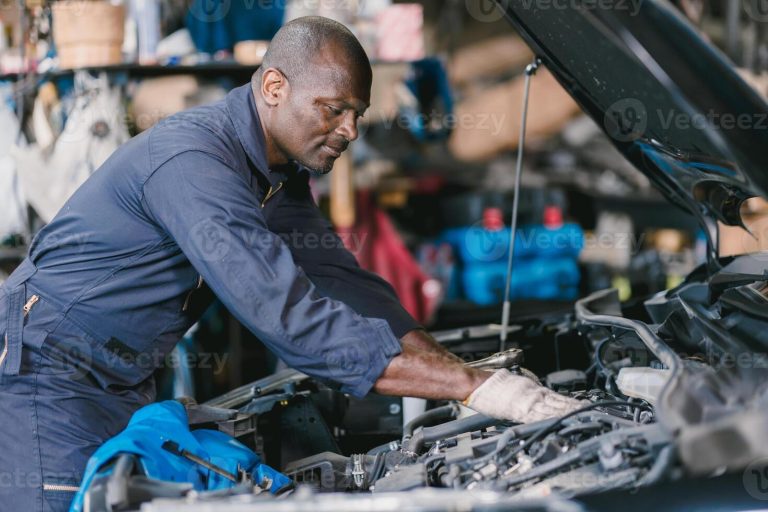
In today’s fast-paced work environment, ensuring safety goes beyond compliance—it requires a proactive culture of accountability. Organizations that prioritize transparent communication and shared responsibility are more likely to prevent accidents, reduce risks, and maintain a healthy workplace. This is where Safety chat platforms become essential. By streamlining reporting, tracking, and feedback mechanisms, these platforms empower employees and management alike, creating a culture where accountability is ingrained in everyday operations.
The Importance of Accountability in Workplace Safety
Accountability is a cornerstone of any successful safety program. Without it, employees may overlook procedures, neglect hazard reporting, or fail to adhere to protocols. Conversely, a culture of accountability ensures that every team member understands their responsibilities, takes ownership of safety practices, and actively participates in creating a secure work environment.
Why Traditional Methods Fall Short
Traditional safety methods such as manual logs, bulletin boards, and email chains often lack immediacy and clarity. Reports can be delayed, miscommunication is common, and follow-up actions may be inconsistent. In contrast, safety chat platforms provide a centralized, real-time solution that ensures all safety-related communication is transparent, traceable, and actionable.
How Safety Chat Platforms Encourage Responsibility
Instant Reporting and Tracking
One of the most significant benefits of safety chat platforms is the ability to report incidents immediately. Employees can quickly notify supervisors of hazards, near misses, or unsafe conditions. This instant reporting allows management to take timely corrective action and ensures that incidents are documented accurately. The transparency provided by the platform reinforces personal responsibility and accountability for everyone involved.
Clear Role Assignment
Safety chat platforms enable clear assignment of tasks and responsibilities. When an issue is reported, managers can assign specific follow-up actions to designated team members. This clarity reduces confusion, ensures accountability, and tracks the progress of each safety task until resolution.
Promoting Peer Accountability
By enabling team-wide visibility, safety chat platforms encourage peer accountability. Employees can observe whether colleagues are following protocols and maintaining safety standards, creating a collective culture where accountability is shared rather than imposed.
Strengthening Communication and Transparency
Centralized Communication Hub
Safety chat platforms consolidate communication in a single, easily accessible location. This eliminates fragmented messages across emails, messaging apps, or paper forms. Every conversation, report, and update is stored in one platform, providing a clear audit trail and reinforcing transparent accountability.
Real-Time Updates and Notifications
Automatic notifications ensure that team members are promptly informed about incidents, policy updates, or assigned responsibilities. This reduces delays, minimizes misunderstandings, and ensures everyone is on the same page regarding safety expectations.
Feedback and Follow-Up Mechanisms
Safety chat platforms often include features for feedback and follow-up. Managers can provide guidance, confirm completion of tasks, and acknowledge employee contributions. Employees feel valued and understand the impact of their actions, which strengthens their commitment to accountability.
Integration with Safety Training Programs
Reinforcing Safety Protocols
Integrating safety chat platforms with training programs ensures that employees not only learn procedures but also apply them consistently. Employees can receive reminders, review instructional materials, and participate in scenario-based discussions directly within the platform, fostering a culture of continuous learning and responsibility.
Tracking Progress and Compliance
Safety chat platforms often include reporting and analytics tools that monitor participation in training programs and adherence to safety protocols. This visibility allows management to identify gaps, provide targeted guidance, and hold team members accountable for ongoing compliance.
Benefits Beyond Accountability
Enhanced Risk Management
By promoting timely reporting, transparent communication, and follow-up, safety chat platforms help organizations identify hazards before they escalate into incidents. This proactive approach minimizes risks and reinforces a culture where everyone is accountable for maintaining a safe environment.
Boosting Employee Engagement
Employees who are empowered to report hazards, participate in safety discussions, and track outcomes feel a stronger sense of ownership. Engaged employees are more likely to take personal responsibility seriously, contributing to a robust culture of accountability.
Supporting Regulatory Compliance
A well-implemented safety chat platform simplifies compliance with workplace safety regulations. Documented communication, timely incident reporting, and tracked follow-up actions provide verifiable evidence for audits and inspections, demonstrating the organization’s commitment to accountability and safety standards.
Choosing the Right Safety Chat Platform
When selecting a platform, consider factors such as ease of use, real-time notifications, reporting capabilities, integration with training systems, and analytics features. A user-friendly platform encourages adoption, ensuring that accountability is embraced by all employees rather than seen as a cumbersome requirement.
Key Features to Look For
- Mobile Accessibility: Allows employees to report incidents on-the-go.
- Task Assignment & Tracking: Ensures responsibilities are clearly defined and monitored.
- Automated Notifications: Keeps teams informed and accountable.
- Analytics & Reporting: Provides insights into safety trends and team compliance.
Building a Long-Term Culture of Accountability
Implementing safety chat platforms is just the first step. Organizations must foster continuous engagement by encouraging active use, recognizing responsible behavior, and providing constructive feedback. Leadership should model accountability, demonstrating that safety is a shared value rather than a top-down directive. Over time, these practices solidify a culture where employees take personal and collective responsibility for workplace safety.
Conclusion
Safety is more than a set of rules; it’s a shared commitment. Safety chat platforms are powerful tools that transform this commitment into actionable accountability. By enabling instant reporting, transparent communication, clear responsibility, and continuous learning, these platforms build a workplace culture where every employee understands their role in maintaining safety. Organizations that leverage these tools not only reduce incidents and risks but also cultivate a workforce that values responsibility, engagement, and trust. Embracing safety chat platforms today is an investment in a safer, more accountable tomorrow.



